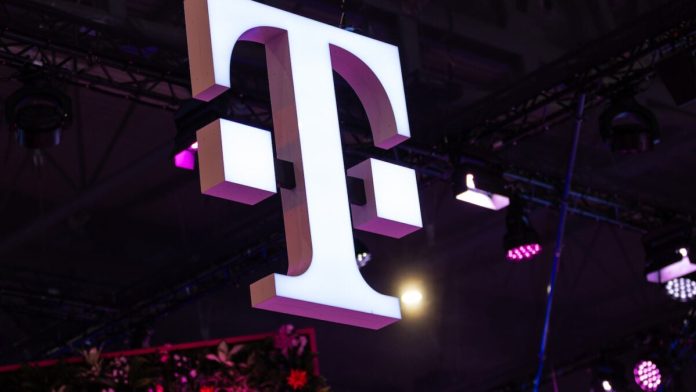If you’re a T-Mobile customer, you may have noticed that your FaceTime calls have gotten smoother.
That’s because the carrier announced today that it’s rolling out support for a new tech called Low Latency, Low Loss, Scalable Throughput (L4S) across its 5G Advanced network. T-Mobile says it’s the first U.S. wireless provider to deploy L4S at scale, and it’s promising a noticeable boost to video calls and cloud gaming.
L4S works by helping your phone or device stay ahead of network congestion before it causes lagging or buffering. Most networks only react once things get bad. L4S flips that model by using early signals to warn devices about congestion before it becomes a problem. That lets your apps adjust in real time, keeping things smoother even in busy environments.
“L4S consistently delivers low latency, minimal packet loss and real-time responsiveness — even under heavy traffic,” John Saw, EVP and Chief Technology Officer, wrote in a blog post. “It’s a major step forward for performance-driven use cases where every millisecond matters, including cloud gaming, video calling, Extended Reality (XR) and even remote driving.”
T-Mobile has been testing the feature with partners like Qualcomm and Ericsson, including a trial involving smart glasses and augmented reality.
“The results? Crystal-clear visuals, ultra-smooth frame delivery and significantly reduced motion sickness and dizziness,” wrote Saw.
Nvidia’s GeForce NOW has already added support for L4S to improve game streaming performance. T-Mobile also tested the new tech in real-world settings like crowded airports, claiming it reduced “stutters, frozen frames, and garbled audio” in FaceTime and other video calls.
One of the more futuristic—and impressive—uses of L4S comes from Vay, a Berlin-based company working on remote driving tech. In Las Vegas, Vay lets users rent cars through an app, which are then delivered by remote drivers controlling the vehicles from afar.
“Using our 5G Advanced network with L4S, Vay’s remote drivers experience predictable, consistent latency,” wrote Saw. “Remote drivers said it felt like they were physically in the car, even in high-traffic, congested scenarios. This kind of ultra-low lag and responsiveness is a game-changer for mobility, logistics, and time-critical safety applications.”
